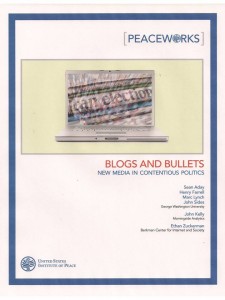
SEATTLE — Microsoft is starting to incorporate what your friends do on Facebook right into its Bing search engine.
A new feature rolling out Wednesday will start showing what Facebook friends “like” on the search results page.
On Facebook and sites around the Web, people can click a “like” button to show support or share information with friends. On Bing, if you search for a topic in the news, articles friends have shared on Facebook might appear. Restaurants and movies that friends have “liked” could help you decide what to do on your next date.
Microsoft has been working with Facebook since 2006.
The feature could help distinguish Bing from Google, which only has access to information users make public.
Phi Beta Iota: The various Microsoft initiatives are both inspiring and troubling–inspiring because Microsoft is clearly struggling with its inner demons and reaching out to “not invented here” options; and troubling because there does not appear to be any over-arching strategy. Amazon is the mother lode for intelligent content–when will Microsoft bite the bullet and make Jeff Bezos an offer he cannot refuse? THAT will be a game changer.





